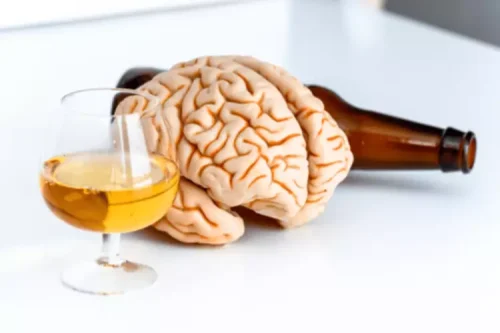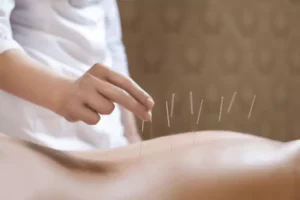Here are some of the top art therapy ideas tailored to support and nurture the recovery process. No previous artistic experience or talent is required to benefit from our expressive arts program. All that’s needed is a willingness to engage with the process and explore your creativity. Make a positive change in your art therapy ideas for adults in recovery life, and contact Sabino Recovery today. Poetry writing is a central technique in expressive arts therapy that aims to mobilize artistic language, symbolism, and poesy as the source of creative expression. Clients can be encouraged to write expressively but also share poems written by others that have moved them.
- Art therapy is known to be an effective technique in improving mental and emotional well-being, especially for those in addiction recovery treatment.
- Studies are often small and inconclusive, so further research is needed to explore how and when art therapy may be most beneficial.
- Here are some of the top art therapy ideas tailored to support and nurture the recovery process.
- Art therapy may also reduce cognitive decline and help boost quality of life.
- In a community of like-minded individuals, there is a unique level of understanding and empathy.
- Researchers are testing adult stem cells to treat other conditions, including some degenerative diseases such as heart failure.
Create a restful environment
However, art can be an effective tool in helping those with substance use disorder (SUD) reach and maintain recovery. Art therapy can be defined in many ways, but the simplest way to define it is an application of the visual arts in a therapeutic context. You don’t necessarily have to see a therapist in order to experience some of the therapeutic benefits of artistic expression. There are many simple activities you can try from the comfort of your home such as art journaling, sketching, making collages, sculpting with clay, etc. The only thing that matters is that you feel comfortable using it.

Drawing A Life Timeline

This therapeutic process allows you to confront and process complex emotions, promoting self-awareness and self-discovery. Ultimately, integrating the arts into your rehabilitation program can be a powerful tool in your journey toward recovery. Mask making is a powerful art therapy exercise that helps individuals in addiction recovery explore their sense of identity and the roles they play in their lives.
- Art therapy is an experiential form of therapy that allows us to channel our thoughts and emotions through various mediums.
- There are so many benefits to art therapy, it’s easy to see why the field is growing.
- Similar to a worry stone, mindfulness beads can become a cornerstone for dealing with anxious and negative emotions.
- The essential purpose of art therapy is to help people recover — from mental illness and other health challenges — through artistic expression.
What is post-COVID-19 syndrome and how common is it?

The lighthouse activity has participants visualize being lost at sea and using the idea of a lighthouse as a point of guidance. This project is ideal for individuals who may feel lost, overwhelmed, and even isolated. The lighthouse activity is designed to give participants hope for their future.
Craft a Memory or Self-Care Jar (or Box)
Expressive arts therapy is a multimodal holistic health intervention that mobilizes creative expression in the service of healing both mind and body. If you are not keen on drawing, try collecting your favorite images, words or quotes from magazines or books, and/ or print memorabilia and make a regular practice of creating an image journal. It can be any theme [travel, soothing images, etc] or purchase a Smashbook® [available at craft and book stores] and a glue stick and start gluing. Rehabs that offer art therapy will often use it as part of a comprehensive treatment plan, rather than on its own. This includes engaging in something like CBT-based talk therapy or 12 step meetings, for instance.
- List all of your relatives on a piece of paper.
- Reference geometric shapes art therapy ideas.
- In the likeness of a geographic map, create a map of your inner world.
- Additionally, some art therapy directives can be self-guided, but they work best under the guidance of a trained art therapist.
- Sculpture making allows individuals in addiction recovery to engage with art materials in a tactile and three-dimensional way.
Creativity is therapeutic in itself, but help from a qualified art therapist can be sought initially to gain the maximum benefits. You also don’t need to be a skilled artist to gain value from art therapy for substance abuse. By deepening your understanding of this powerful therapeutic approach, you can make a meaningful difference in the lives of those seeking to overcome addiction and build a brighter future. Sculpture making allows individuals in addiction recovery to engage with art materials in a tactile and three-dimensional way. By working with clay, wire, or other sculpting materials, participants can explore their creativity, improve focus, and develop a sense of accomplishment as they create tangible objects.






